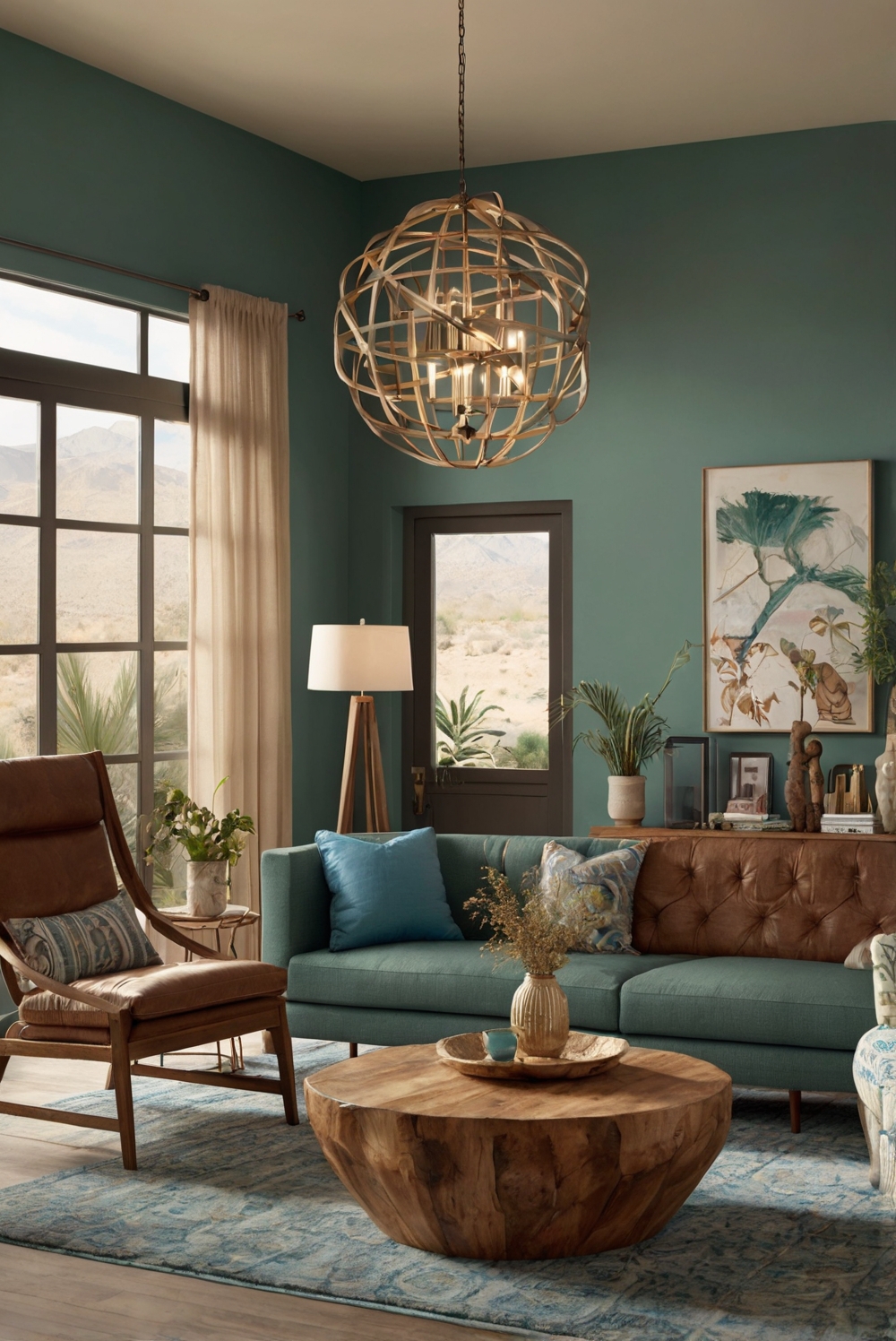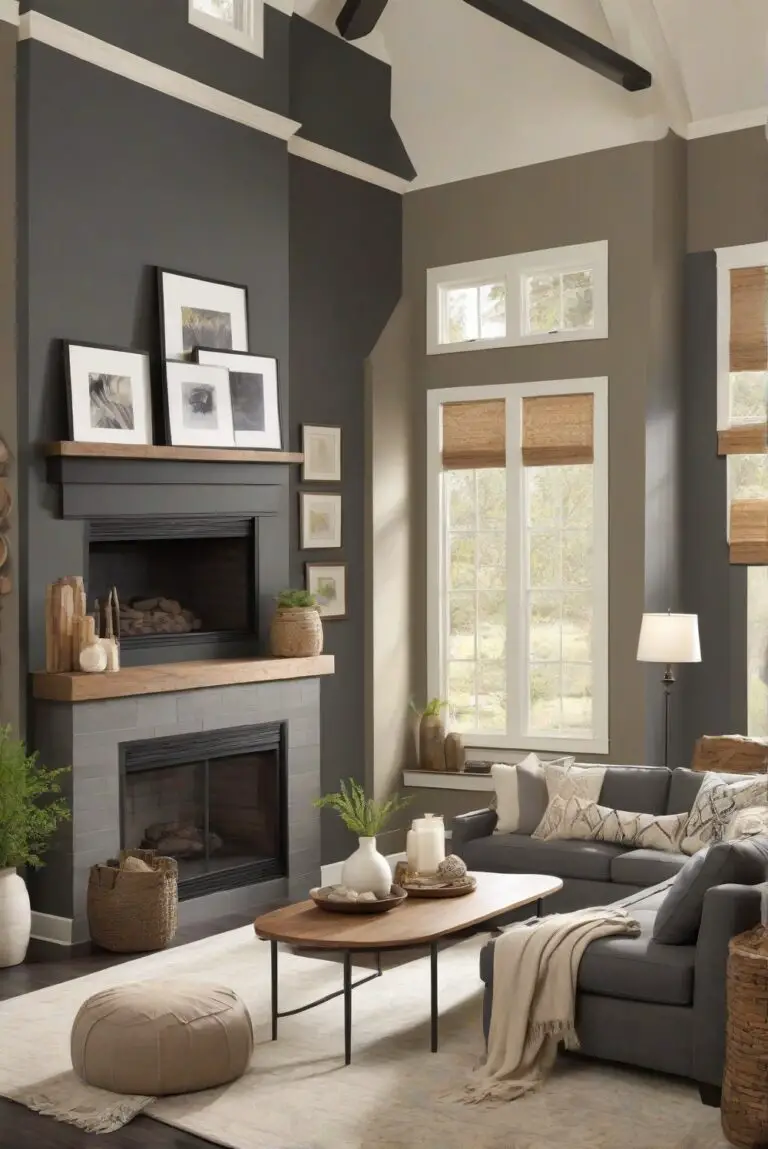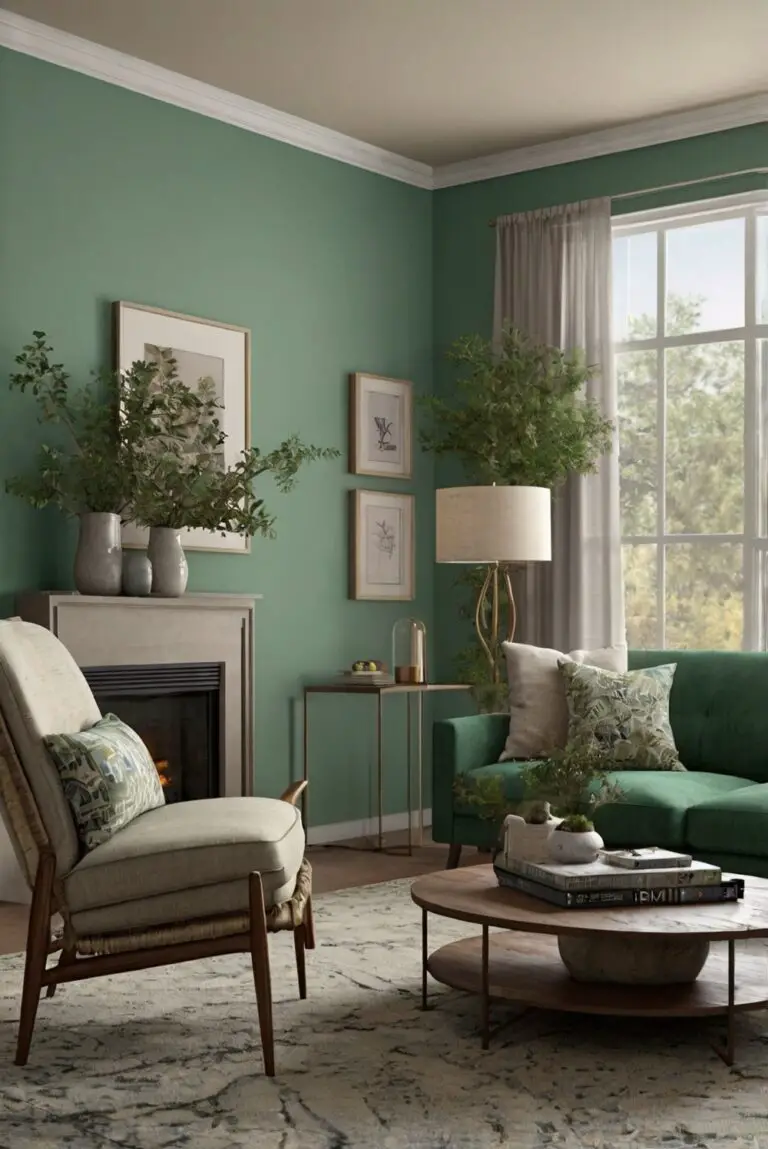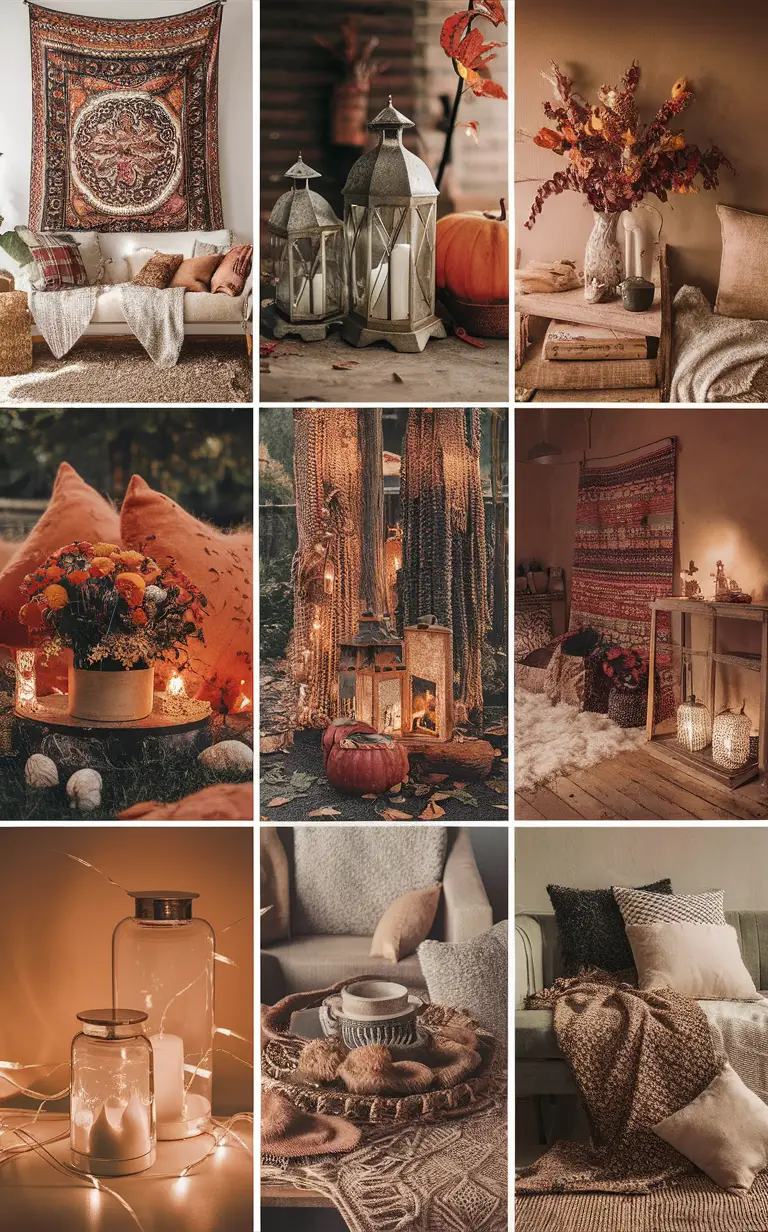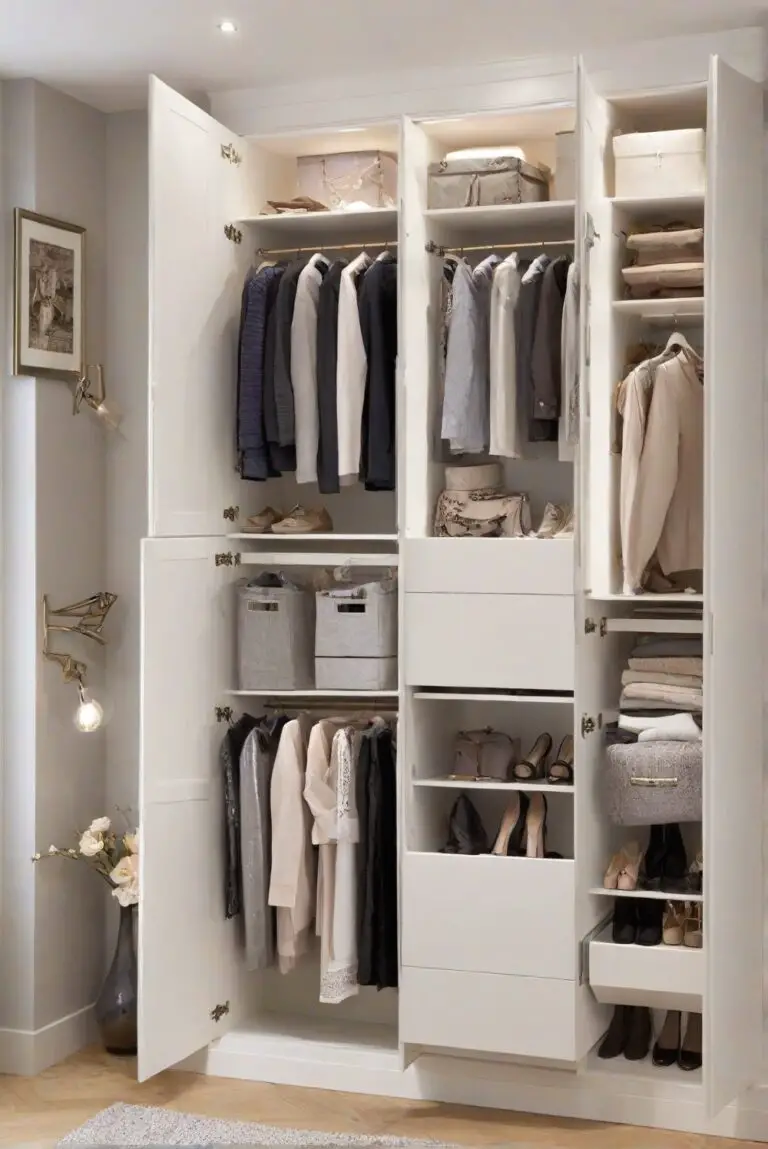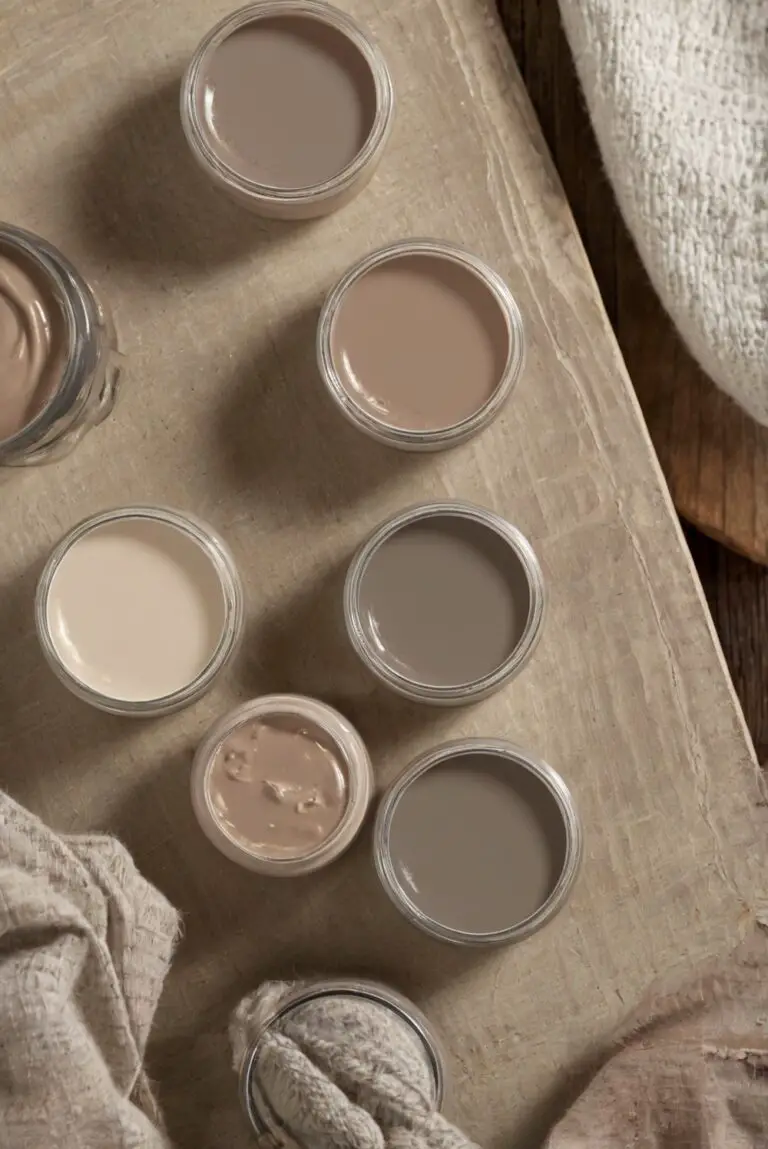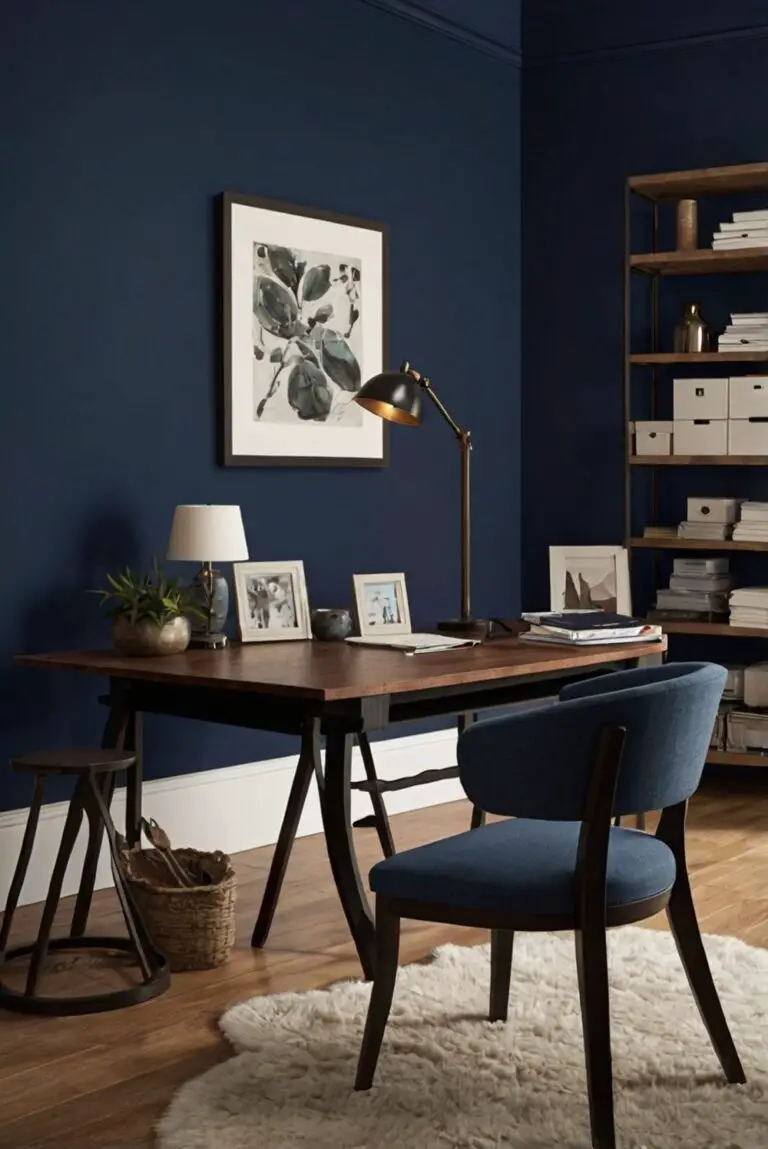Explore creative ways to utilize two-tone walls for defining spaces in an open-plan living room. Discover transformative interior design ideas for a stylish and functional home layout.
**What are some ways to use two-tone walls to define spaces in an open-plan living room?**
To define spaces in an open-plan living room using two-tone walls, you can start by choosing complementary colors that will delineate different areas. For example, one color can be used to create a cozy seating area, while another color can define a dining space. This technique helps visually separate different functions within the room without the need for physical barriers. You can also use darker colors to create a focal point or accent wall, drawing attention to specific areas. Remember to consider the natural light in the room when choosing colors as it can affect how they appear. Experiment with different shades and hues to find the perfect balance for your space.
How to create a cohesive look with two-tone walls in an open-plan living room?
To create a cohesive look with two-tone walls in an open-plan living room, it is essential to ensure that the two colors complement each other harmoniously. Start by selecting two colors that work well together and suit the overall aesthetic of the space. Consider using colors from the same color family or choose contrasting colors for a bold statement.
Ensure that the transition between the two tones is seamless by using painter’s tape to create clean lines. Paint each section carefully, making sure to allow each coat to dry completely before applying the next. This attention to detail will result in a polished and professional finish.
Incorporate elements such as rugs, throw pillows, and artwork that feature both wall colors to tie the look together. This will help create a sense of harmony and balance in the space. Additionally, consider using furniture in neutral tones to allow the two-tone walls to stand out as the focal point of the room.
What is the best color combination for two-tone walls in an open-plan living room?
The best color combination for two-tone walls in an open-plan living room depends on the desired effect you want to achieve. Some popular options include:
1. **Contrasting Neutrals**: Pairing a light neutral tone with a darker neutral shade creates a sophisticated and timeless look.
2. **Complementary Colors**: Choosing colors that are opposite each other on the color wheel can create a dynamic and visually appealing contrast.
3. **Monochromatic Tones**: Using different shades of the same color can create a subtle and cohesive look that adds depth to the space.
Consider the existing furniture and decor in the room when selecting a color combination to ensure that the two tones complement the overall design scheme.
Can I use different textures on each tone of the walls to enhance the division of spaces?
Yes, incorporating different textures on each tone of the walls can be a creative way to enhance the division of spaces in an open-plan living room. Textured paint finishes, such as suede or metallic paints, can add depth and visual interest to the walls.
Consider using wallpaper with a textured finish on one tone of the wall while leaving the other tone painted for a striking contrast. Textured wallpaper can create a tactile element that adds richness to the space.
Additionally, you can use materials like wood paneling, shiplap, or wainscoting to create a textural contrast between the two tones. Mixing textures adds dimension to the walls and helps define the separate areas within the open-plan living room.
How to ensure a seamless transition between the two-tone walls in an open-plan living room?
Achieving a seamless transition between two-tone walls in an open-plan living room requires careful planning and execution. Here are some tips to ensure a smooth and cohesive transition:
1. **Use Painter’s Tape**: To create clean lines between the two tones, use painter’s tape to mark off the areas to be painted. Make sure the tape is securely in place to prevent bleeding.
2. **Blend the Colors**: Where the two tones meet, consider blending the colors together slightly to create a soft transition. This can be done by using a dry brush technique or a sponge to feather the edges.
3. **Natural Lighting**: Take into account the natural lighting in the room as it can affect how the colors appear. Ensure that the transition looks seamless under different lighting conditions.
4. **Consistent Finish**: Use the same finish (e.g., matte, eggshell, satin) for both tones to maintain consistency in the overall look of the walls.
By paying attention to these details and taking your time during the painting process, you can achieve a flawless transition between the two-tone walls.
What is the impact of natural lighting on the perception of two-tone walls in an open-plan living room?
Natural lighting plays a significant role in how two-tone walls are perceived in an open-plan living room. Here are some ways in which natural light can impact the overall look of the walls:
1. **Color Intensity**: Natural light can affect the intensity and saturation of colors on the walls. Bright sunlight may make colors appear more vibrant, while dim light can make them appear muted.
2. **Shadow Play**: Light and shadow created by natural light can enhance the contrast between the two tones, creating a dynamic visual effect.
3. **Reflection**: Light bouncing off the walls can highlight the different textures and finishes, adding depth and dimension to the space.
4. **Time of Day**: Consider how the changing light throughout the day affects the colors on the walls. Test the colors in different lighting conditions to ensure they look harmonious at all times.
By taking natural lighting into consideration, you can make informed decisions about the color choices for the two-tone walls to achieve the desired look in your open-plan living room.
Can I use furniture placement to further emphasize the division created by two-tone walls in an open-plan living room?
Yes, furniture placement can be used strategically to emphasize the division created by two-tone walls in an open-plan living room. Here are some ideas to consider:
1. **Anchor Points**: Position large furniture pieces, such as sofas or bookcases, against one of the two-tone walls to create anchor points that define separate areas within the room.
2. **Area Rugs**: Use area rugs to demarcate specific zones in the open-plan layout. Place rugs in coordination with the two-tone walls to reinforce the visual separation.
3. **Create Pathways**: Arrange furniture in a way that creates natural pathways between the different areas of the room. This will guide the flow of movement and highlight the division between the two-tone walls.
By using furniture placement effectively, you can enhance the visual impact of the two-tone walls and create a well-defined and cohesive living space.
How to choose the right wall colors for a two-tone effect in an open-plan living room?
Choosing the right wall colors for a two-tone effect in an open-plan living room is crucial for creating a harmonious and balanced space. Here are some tips to help you select the perfect colors:
1. **Consider the Room Size**: Lighter tones can make a room feel more spacious, while darker tones can create a cozy ambiance. Take into account the size and layout of the room when choosing colors.
2. **Existing Decor**: Coordinate the wall colors with the existing decor and furniture in the room. Ensure that the colors complement each other and create a cohesive look.
3. **Personal Preference**: Choose colors that resonate with your personal style and preferences. Consider the mood you want to evoke in the space and select colors that align with that vision.
4. **Sample Testing**: Before committing to painting the entire room, test out the colors on a small section of the wall to see how they look in different lighting conditions.
By taking these factors into consideration, you can confidently choose the right wall colors for a two-tone effect that enhances the overall design of your open-plan living room.
What is the role of accent decor in complementing the two-tone walls in an open-plan living room?
Accent decor plays a crucial role in complementing two-tone walls in an open-plan living room. Here are some ways in which accent decor can enhance the overall look of the space:
1. **Color Coordination**: Use accent decor, such as throw pillows, curtains, and artwork, in colors that complement the two-tone walls. This will tie the room together and create a cohesive design scheme.
2. **Texture and Pattern**: Incorporate accent decor with different textures and patterns to add visual interest to the space. Mix and match textures to create depth and dimension.
3. **Statement Pieces**: Choose a few statement decor pieces, such as a bold rug or a unique piece of artwork, to draw attention to specific areas of the room and create focal points.
4. **Balance**: Ensure that the accent decor is evenly distributed throughout the room to maintain a sense of balance and harmony. Avoid overcrowding the space with too many items.
By strategically selecting and placing accent decor, you can elevate the look of your two-tone walls and create a cohesive and stylish living room.
How can artworks or gallery walls be incorporated effectively with two-tone walls to define spaces in an open-plan living room?
Artworks and gallery walls can be used effectively with two-tone walls to define spaces in an open-plan living room. Here are some ideas to incorporate art seamlessly:
1. **Contrast**: Select artwork that contrasts with the colors of the two-tone walls to make a bold statement. The contrast will draw attention to the artwork and create visual interest.
2. **Gallery Wall Placement**: Create a gallery wall on one of the two-tone walls to serve as a focal point in the room. Arrange the artwork in a cohesive manner to add personality to the space.
3. **Color Harmony**: Choose artwork that complements the colors of the walls to create a harmonious look. Pick pieces that tie in with the color scheme to enhance the overall aesthetic.
4. **Wall-Mounted Shelves**: Display artwork on wall-mounted shelves to break up the two-tone walls and create visual breaks. This arrangement adds depth and dimension to the room.
By integrating artworks and gallery walls thoughtfully, you can define spaces within an open-plan living room and infuse personality and style into the design.
Key Takeaways:
– Creating a cohesive look with two-tone walls involves selecting complementary colors and incorporating harmonious elements.
– Using different textures on each tone of the walls can enhance the division of spaces and add visual interest.
– Natural lighting impacts the perception of two-tone walls, so consider how light affects color intensity and shadow play.
– Furniture placement can emphasize the division created by two-tone walls and define separate areas within an open-plan living room.
– Accent decor plays a crucial role in complementing two-tone walls by coordinating colors, textures, and statement pieces effectively.
– Artworks and gallery walls can be used to define spaces in an open-plan living room by creating contrast, harmony, and focal points.

